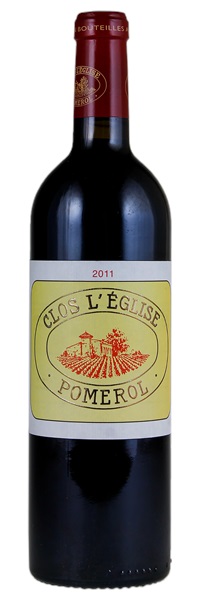
...linear drive and focus. Violets and black olives, but crushed-stone and berry undertones, too. Medium to full body. Bright finish.
...medium-bodied 2011 possesses abundant notes of sweet black cherries, licorice and plums as well as impressive purity, texture and length.
Showing beautifully...shows a kiss of maturity in its cassis and jammy currant fruits. It has complex notes of crushed rocks, graphite, dried tobacco, and chocolate, medium to full body, ripe tannins, and terrific balance.
A fleshy, crowd-pleasing style, with Black Forest cake and roasted anise notes out front, followed by mouthfilling plum sauce, blackberry paste and fig flavors. Picks up a slightly chewy toast edge on the finish, but this will progress quickly thanks to the ripe fruit.
...has an attractive bouquet with leather, mulberry and undergrowth scents...medium-bodied with supple tannins, fine acidity, cohesive and with impressive weight on the finish, a dash of white pepper and clove lingering on the aftertaste...